Traveler Profile: Kitty, UK
Location: Rome, Italy
Time of Year: December
Travel Goals: Walk in the footsteps of Eat, Pray, Love, great photography locations, history and Italian cuisine
As a bit of a romantic at heart, and watching Julia Roberts of Eat, Pray, Love fall in love with Rome, I had to visit when I was in Europe. The Eternal City is akin to a living museum that offers a blend of historical sites, vibrant street life, and culinary delights. Spending just one day in Rome can seem daunting given its wealth of attractions, but with careful planning, you can experience the essence of this magnificent city. My guide should help you navigate Rome’s iconic landmarks, from the ancient ruins that tell tales of Renaissance art adorning the city, all while indulging in exquisite Italian cuisine. Thank you Ms Roberts!
Breakfast at Café Café Bistro
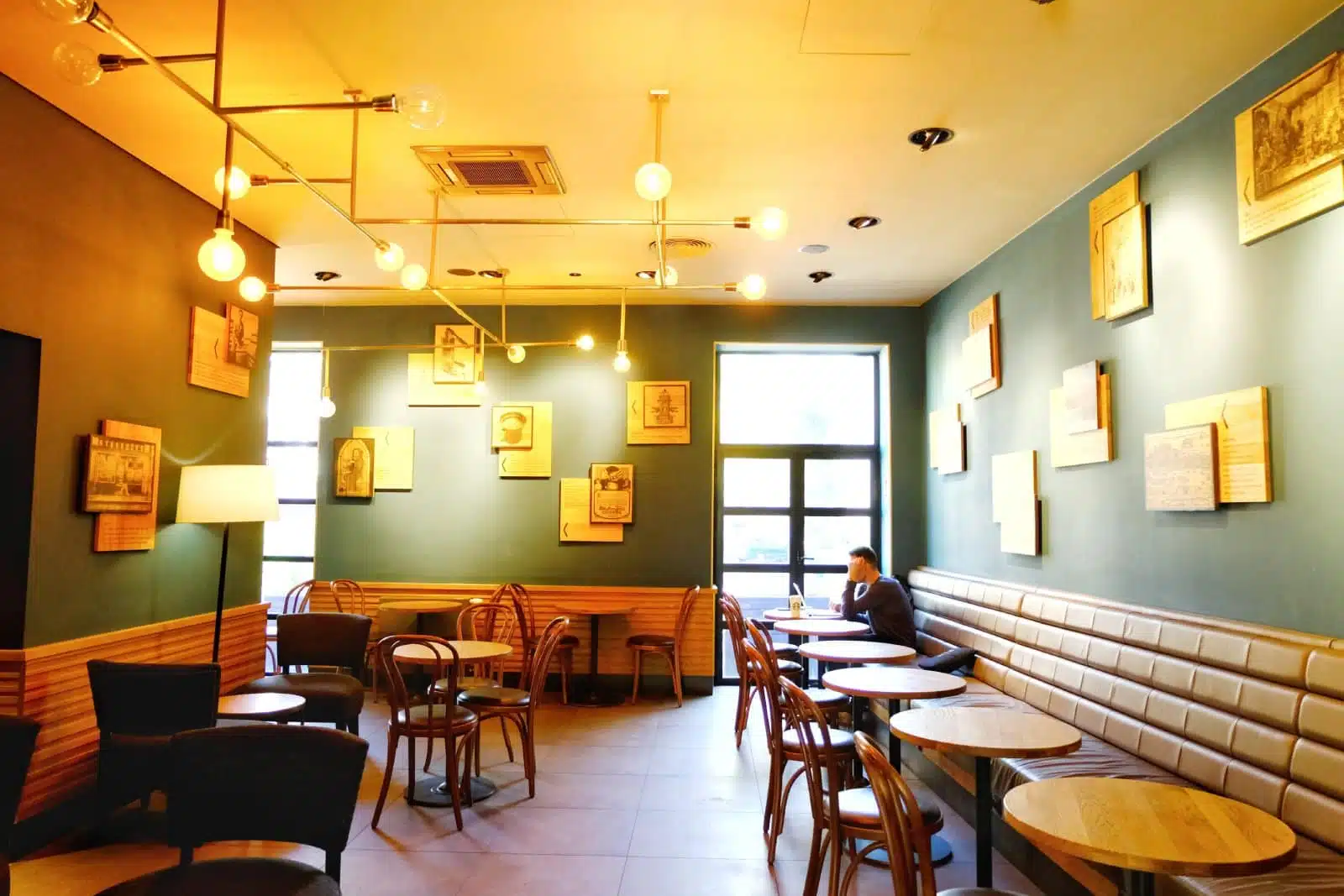
Image Credit: Shutterstock / ekarin
Start off your stay in the right way with breakfast at Café Café Bistrot, a charming spot known for its cozy ambiance and delicious offerings. Located conveniently close to the Vatican, it’s the perfect place to fuel up before exploring the city. The café serves a variety of breakfast options, from classic Italian pastries and coffee to more substantial dishes. Enjoy a cappuccino paired with a cornetto, the Italian answer to the croissant, as you soak in the morning vibes of Rome.
My Insider’s Tip: Try their freshly squeezed orange juice for a refreshing start to your day, and don’t hesitate to ask the friendly staff for their daily specials.
Morning Tour of the Colosseum and Roman Forum
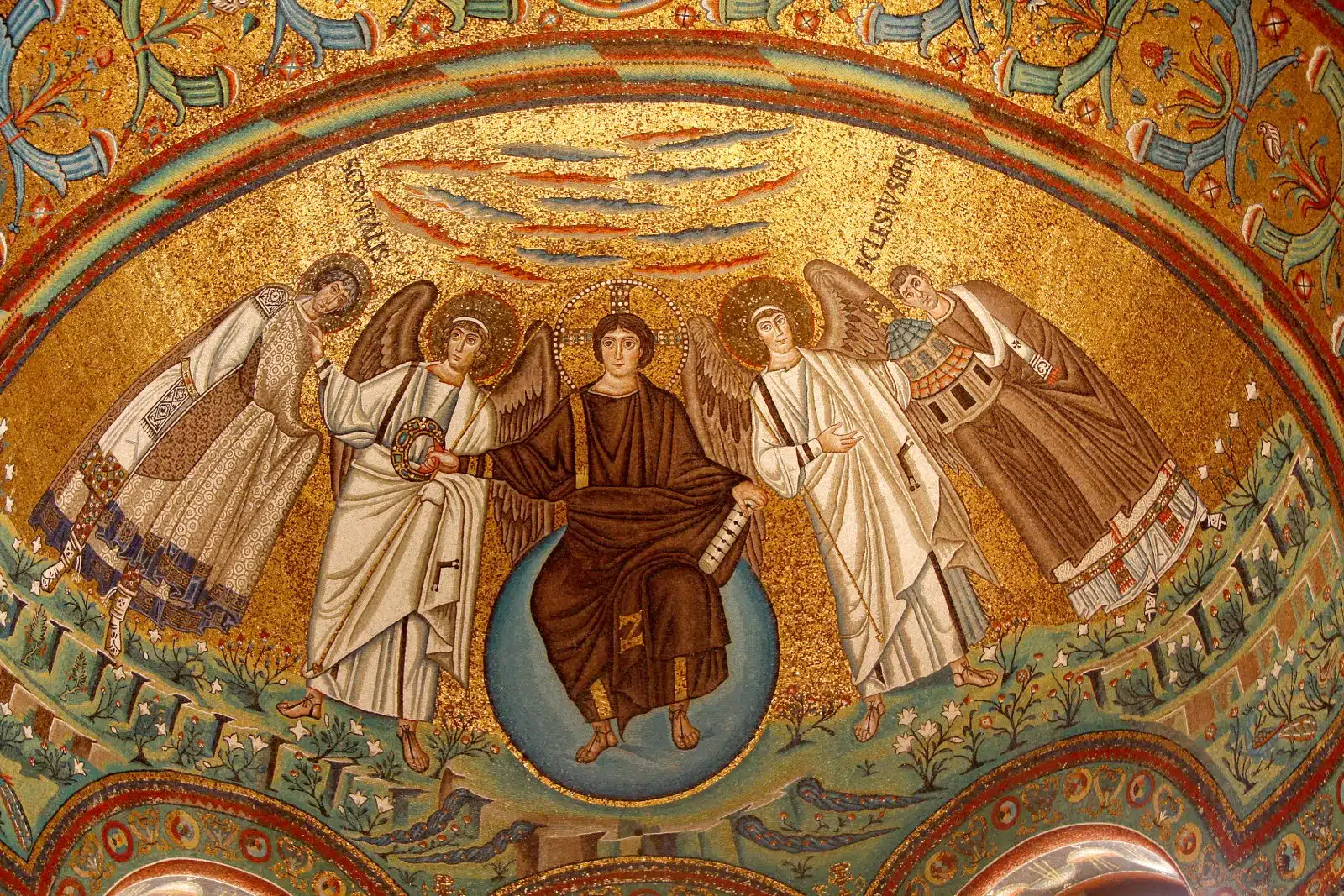
Image Credit: Shutterstock / Tomas Marek
No visit to Rome is complete without stepping into the Colosseum, the iconic symbol of Rome’s imperial might. This ancient amphitheater, where gladiators once battled, highlights the mastery of engineering and architecture. Adjacent to it, the Roman Forum showcases the city’s historical significance, with ruins that were once the center of Roman public life. A guided tour of these sites brings their history to life and allows you to appreciate the ingenuity of ancient Roman civilization.
My Insider’s Tip: Purchase a combined ticket online to skip the long lines and ensure entry to the Colosseum and the Roman Forum.
Visit the Pantheon
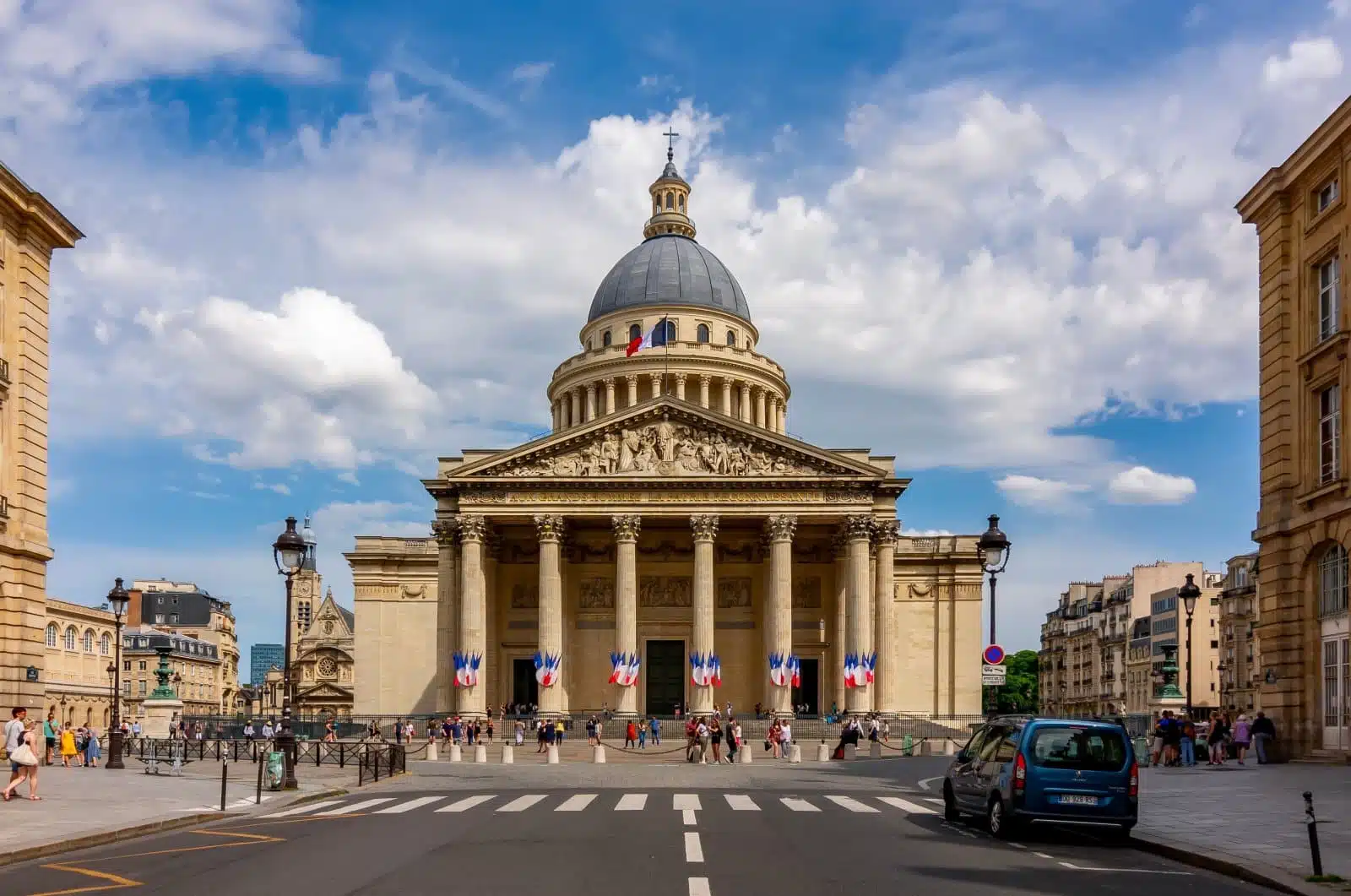
Image Credit: Shutterstock / Mistervlad
After the Colosseum, make your way to the Pantheon, one of the best-preserved monuments of ancient Rome. This architectural masterpiece, with its massive dome and oculus, has inspired builders throughout history. Originally a temple to all the gods of pagan Rome, it now serves as a church. The Pantheon is an architectural feat and the final resting place of renowned figures such as Raphael and King Victor Emmanuel II.
My Insider’s Tip: As you enter, look up to admire the oculus, the source of natural light in the building, and consider the engineering prowess it took to construct such a structure nearly 2,000 years ago.
Lunch in Trastevere – Mimi E Coco Trast
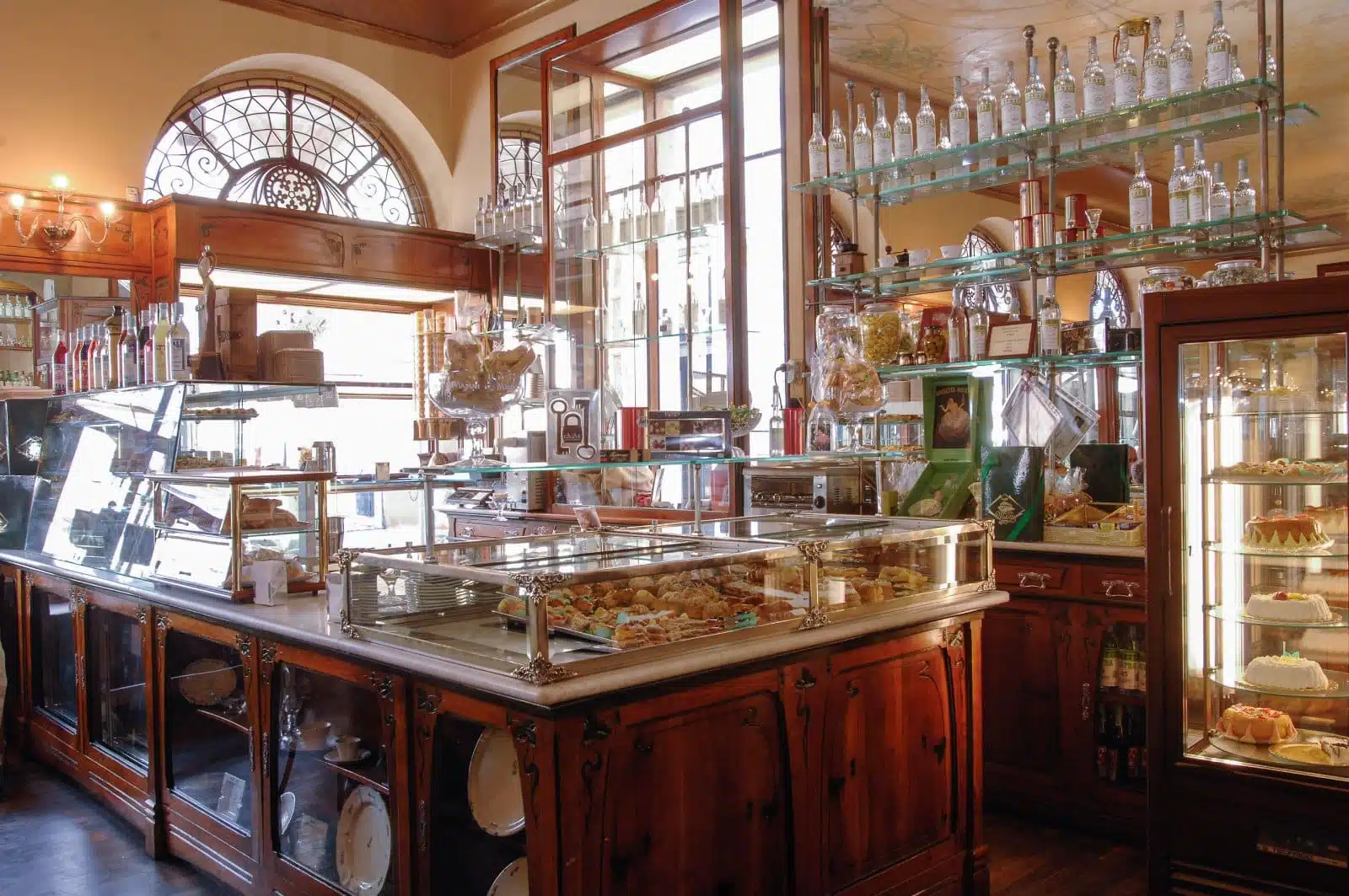
Image Credit: Shutterstock / FVPhotography
Having worked up an appetite and over 10,000 steps, I headed to the charming district of Trastevere and found a table at Mimi e Coco Trast, a local favorite known for its authentic Roman cuisine. Trastevere’s narrow cobblestone streets and ivy-clad buildings provide a picturesque backdrop for a leisurely lunch. The Mimi e Coco Trast menu features classic Roman dishes, such as carbonara and amatriciana, prepared with a focus on quality and tradition.
My Insider’s Tip: Try their signature pasta dishes, and don’t skip the antipasti for an authentic taste of Rome.
Afternoon at the Vatican Museums and Sistine Chapel
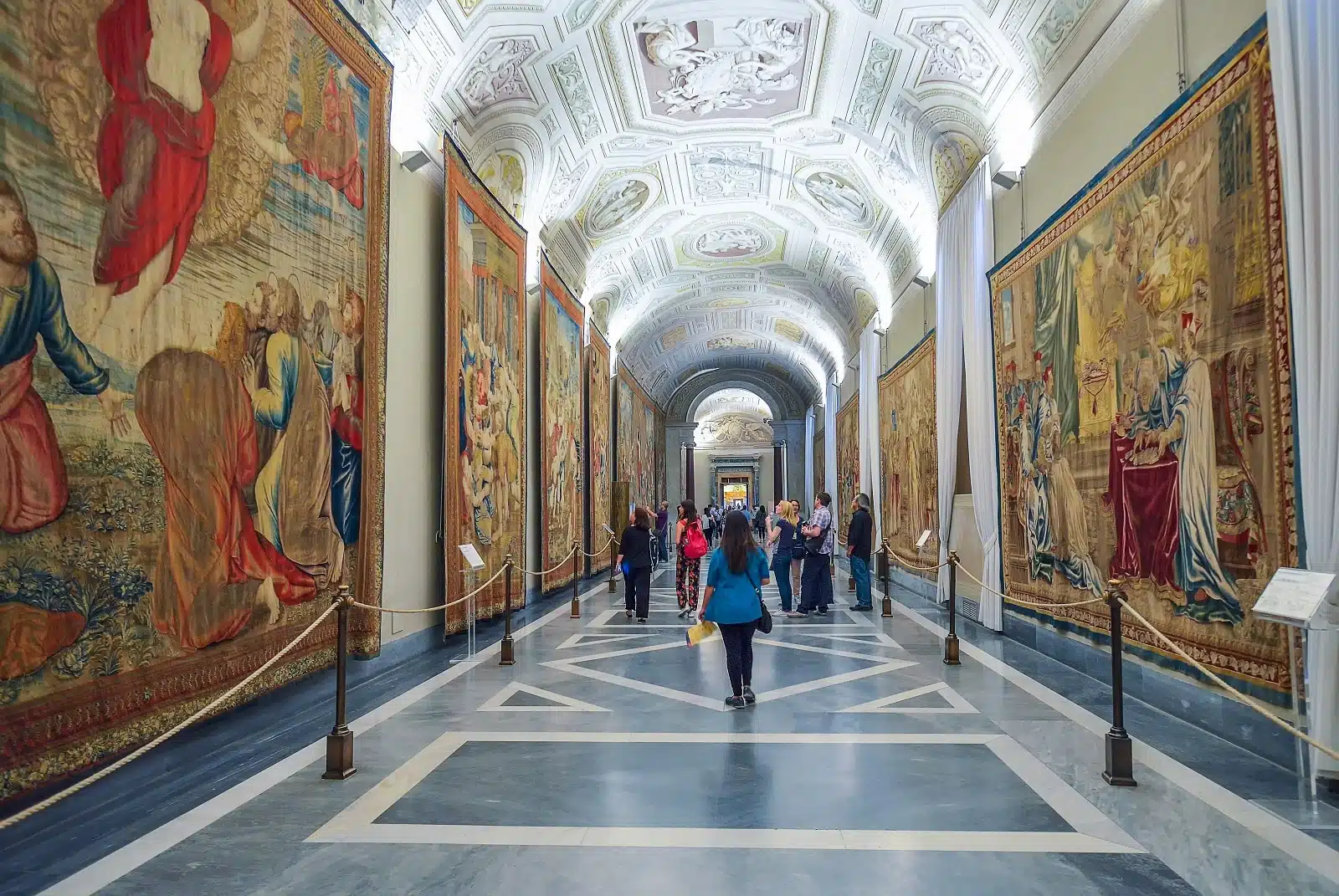
Image Credit: Shutterstock / Cristian Puscasu
Spend your afternoon exploring the Vatican Museums and the Sistine Chapel, home to some of the world’s most famous artworks. The Vatican Museums house an extensive collection of art and artifacts gathered by the popes, including classical sculptures, Renaissance masterpieces, and modern art. The highlight is undoubtedly the Sistine Chapel, with Michelangelo’s breathtaking ceiling and The Last Judgment.
My Insider’s Tip: Book a skip-the-line ticket or a guided tour in advance to avoid the long queues and make the most of your visit.
Wander Around the Trevi Fountain
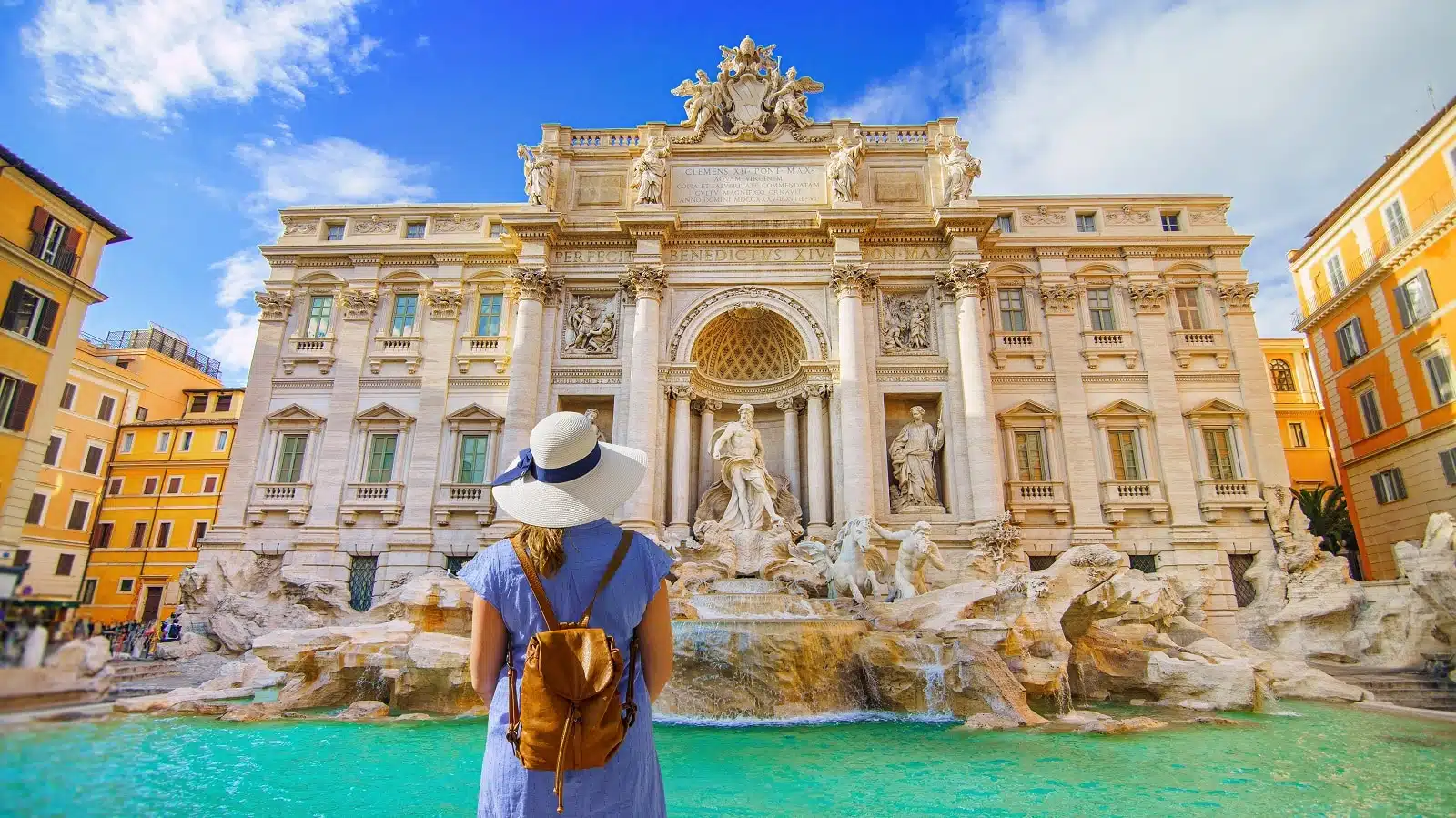
Image Credit: Shutterstock / Igor Link
Before dinner, make your way to the Trevi Fountain, one of Rome’s most iconic landmarks. This baroque masterpiece, featured in countless films, is an architectural wonder that has captivated visitors for centuries. Tradition holds that throwing a coin into the fountain ensures a return to Rome.
My Insider’s Tip: Visit the fountain in the early evening to see it beautifully illuminated and to avoid the daytime crowds.
Dinner at Trattoria Al Moro
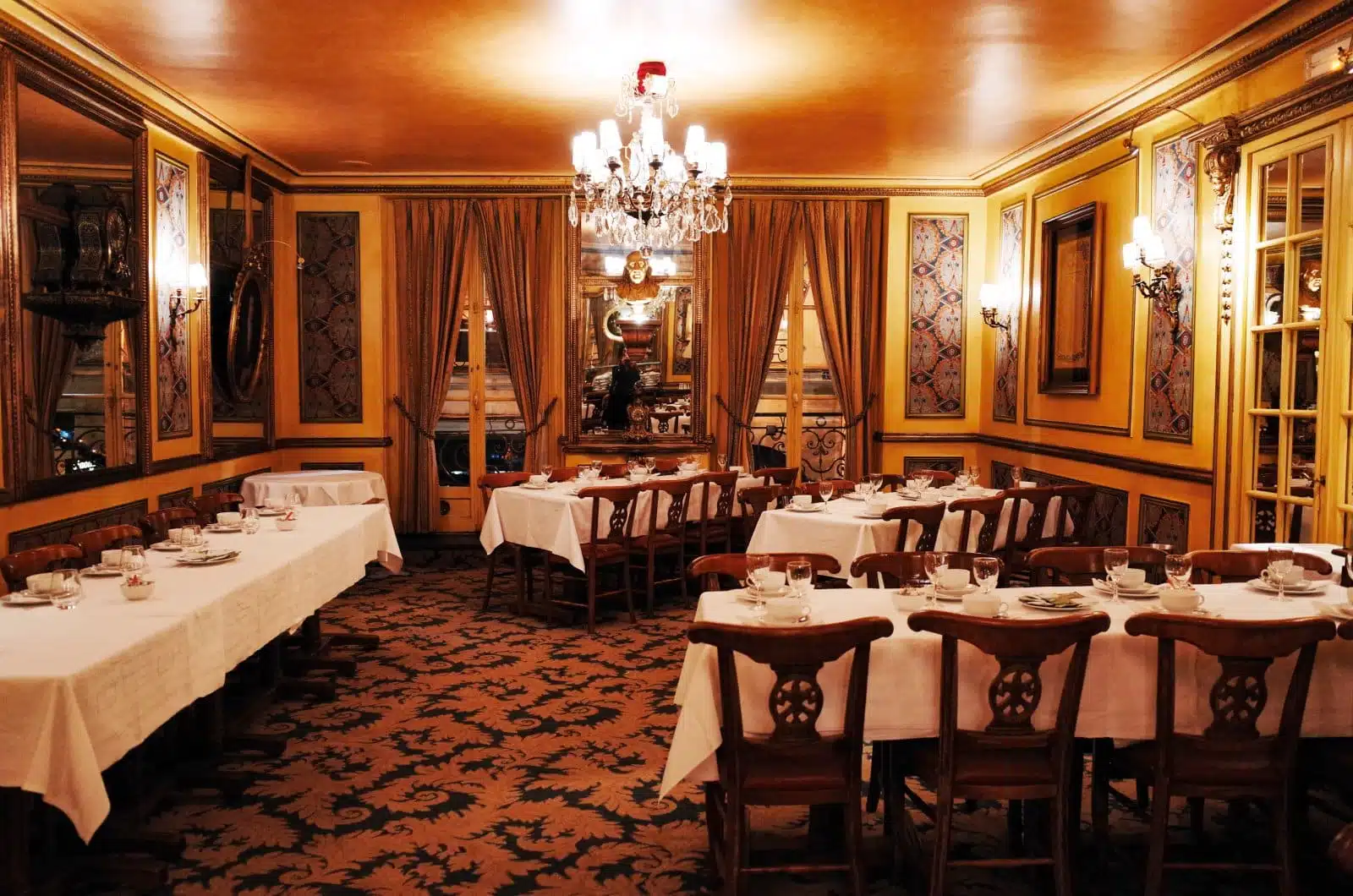
Image Credit: Shutterstock / Julie Mayfeng
Conclude your day in Rome with dinner at Trattoria Al Moro, a historic restaurant tucked away in a quiet alley near the Trevi Fountain. Known for its classic Roman dishes and intimate atmosphere, Trattoria Al Moro offers a dining experience that transports you to the heart of Roman culinary tradition.
My Insider’s Tip: Reserve a table in advance and ask for their recommendations on the day’s specials.
Overnight at Casacau

Image Credit: Shutterstock / onairda
Casacau offers a distinctive and tranquil boutique apartment experience in the heart of the city, nestled within a 17th-century building mere steps away from the iconic Trevi Fountain. This accommodation offers a unique blend of privacy and serenity amidst the bustling city center. The hosts at Casacau are both helpful and knowledgeable, having meticulously designed each apartment to reflect a chic, Sixties-inspired aesthetic that would resonate with renowned Italian fashion icons such as Anna Dello Russo and Anna Piaggi. The interior design features dramatic, fresco-printed headboards, a collection of art prints spanning various eras, and an assortment of antique ornaments, all contributing to the space’s vibrant and stylish ambiance. Additionally, each apartment is equipped with turquoise and tangerine-hued kitchenettes from the mid-century modern period, offering guests the convenience of self-catering during their stay.
History of Rome
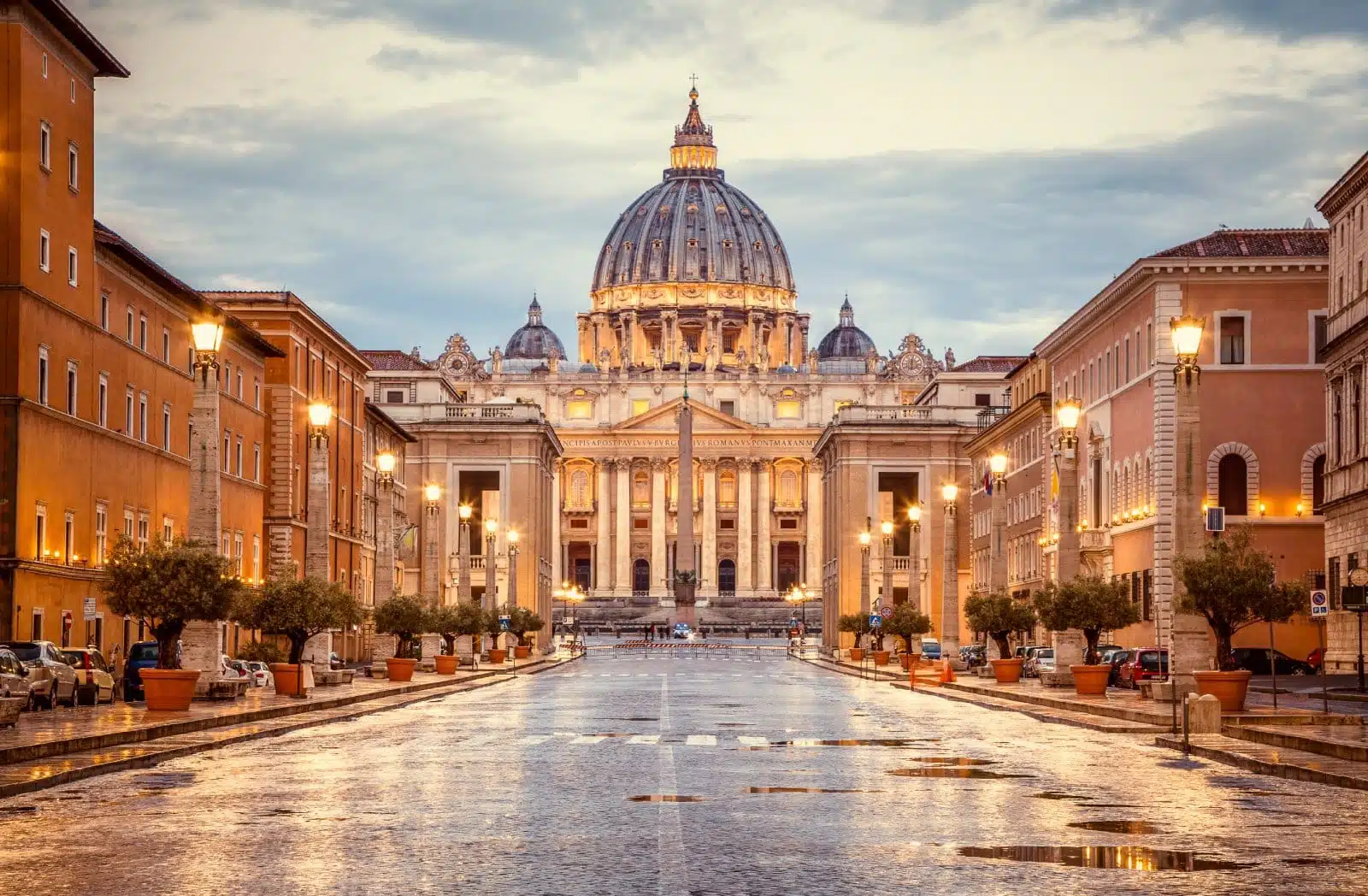
Image Credit: Shutterstock / Vlas Telino studio
Rome, the capital city of Italy, boasts a history that spans over 28 centuries, making it one of the oldest continuously occupied sites in Europe. The city’s story begins with its legendary founding by Romulus in 753 BC, following the tales of Romulus and Remus, twins raised by a she-wolf. Situated along the banks of the River Tiber, Rome initially was a small settlement that grew into the capital of the Roman Kingdom, under the rule of kings until 509 BC.
The transition from monarchy to a republican form of governance marked the beginning of the Roman Republic era, characterized by a complex form of elected officials and checks on political power. The Republic era saw Rome’s expansion from central Italian power to dominance over the entire Mediterranean world, achieved through military conquest, political alliances, and the integration of conquered peoples into Roman society.
The shift from Republic to Empire began in the first century BC, amidst internal turmoil, social unrest, and a series of civil wars. Julius Caesar’s rise and assassination in 44 BC, and the subsequent power struggles, led to the establishment of the Roman Empire in 27 BC under Augustus. This transition heralded the Pax Romana, a 200-year period of peace and stability across the empire, facilitating economic prosperity, architectural achievements, and the flourishing of arts and culture.
The Roman Empire’s decline began in the 3rd century AD, marked by political instability, economic troubles, and military defeats. In 476 AD, the fall of the Western Roman Empire was symbolized by the deposition of the last emperor, Romulus Augustulus, although the Eastern Roman Empire, known as the Byzantine Empire, continued until the fall of Constantinople in 1453.
Following the fall of the Western Roman Empire, Rome came under the influence of the Papacy and became the center of the Christian world. The city saw a resurgence during the Renaissance, with significant contributions to art, architecture, and science. The unification of Italy in the 19th century reinstated Rome as the capital of a newly unified country.
Today, Rome is a bustling metropolis that preserves its rich historical past. It is a city where ancient ruins stand alongside modern buildings, with an enduring legacy as the “Eternal City.” Rome’s historical significance, cultural wealth, and architectural marvels continue to draw visitors from around the world, making it a pivotal city in the annals of global history.
The People of Rome
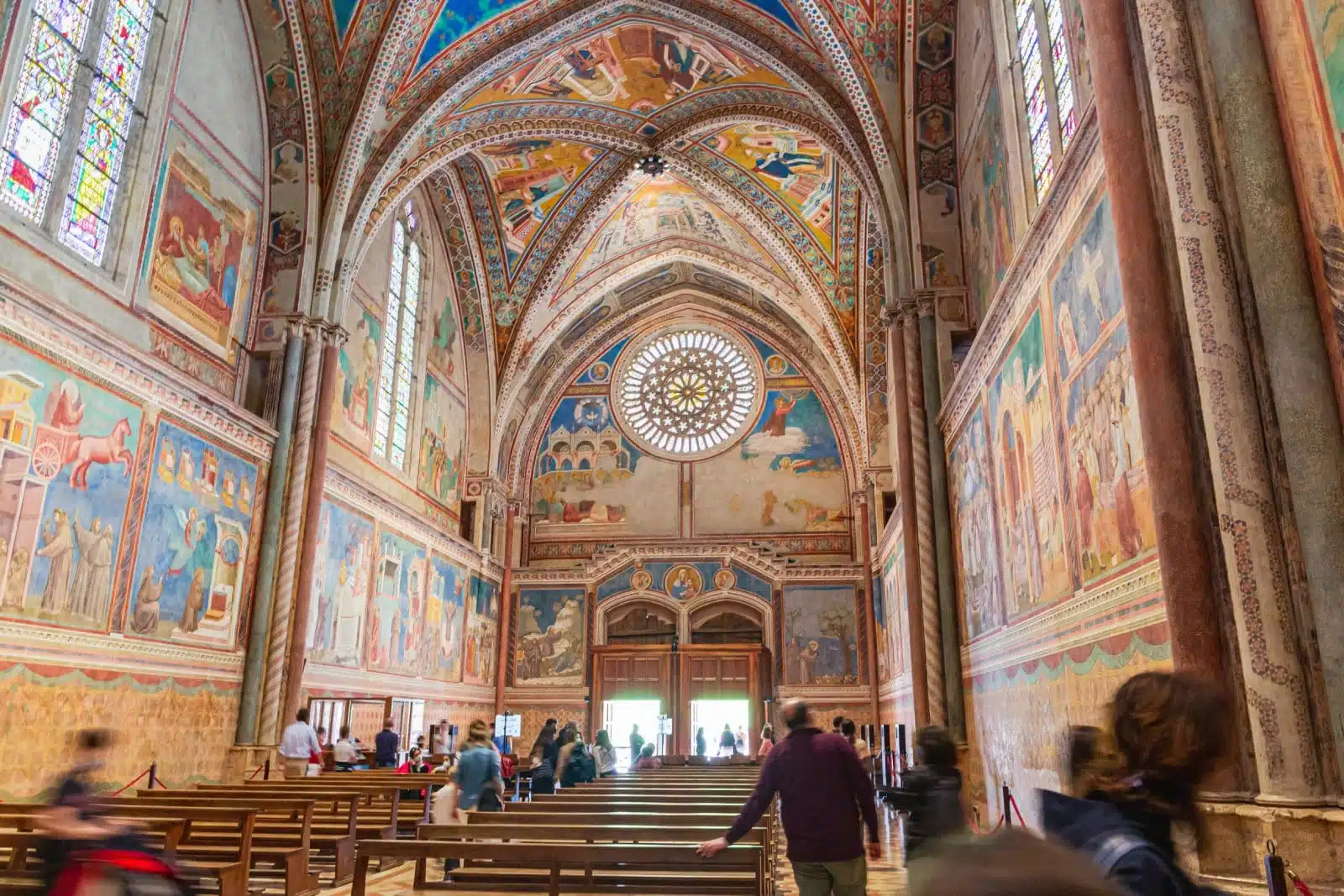
Image Credit: Shutterstock / Giulio Benzin
The people of Rome, known as Romans, are the inhabitants of Italy’s capital city, Rome. Throughout its extensive history, Rome has been a melting pot of cultures, ethnicities, and peoples, contributing to the city’s diverse and dynamic demographic fabric today. The population of Rome reflects centuries of migration, conquests, and interactions with peoples from across the Mediterranean and beyond, shaping a unique Roman identity that is both Italian and cosmopolitan.
Historically, the Romans of the ancient city were initially part of a Latin tribe, sharing the Italian peninsula with other groups, such as the Etruscans to the north and the Greeks in the southern regions. As Rome expanded its territory through conquests during the Republic and Empire periods, it incorporated many peoples into its citizenry, including Europeans, North Africans, and Middle Easterners. This incorporation was not merely territorial but also cultural, as Rome was known for adopting and adapting the best practices, gods, and customs of the peoples it conquered or allied with.
Romans today are heirs to a rich cultural legacy, embodying a blend of historical traditions and contemporary Italian life. They are characterized by their strong sense of history, deep-rooted family values, and a passionate attachment to their city. The lifestyle in Rome is often associated with “la dolce vita” (the sweet life), emphasizing the enjoyment of life’s pleasures, a concept that captures the Roman approach to daily life, focusing on family, food, and leisure.
Civic pride is a significant aspect of Roman identity, deeply influenced by the city’s historical significance as the former center of the Roman Empire and the current center of the Catholic Church. This pride is evident in the preservation of Rome’s historical sites, the celebration of its artistic and architectural heritage, and the ongoing commitment to maintaining the city’s cultural legacy.
The people of Rome are a diverse and dynamic population shaped by centuries of history and cultural exchange. They are the custodians of an ancient heritage, living in one of the world’s most historically significant cities, and continue to contribute to its vibrant culture and society in the modern era.
When to Travel
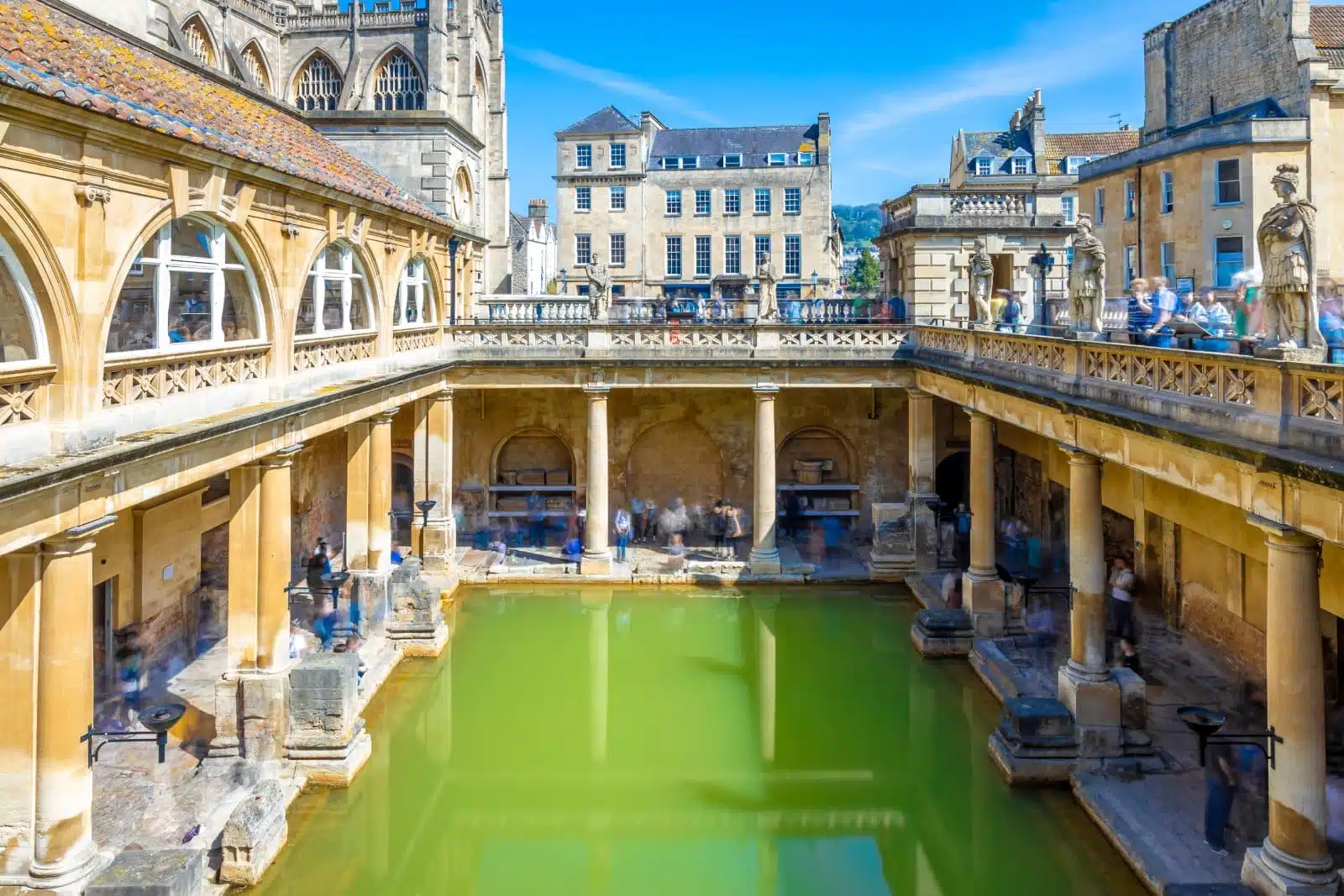
Image Credit: Shutterstock / Alexey Fedorenko
The optimal time to visit Rome is during the spring (April to June) and fall (September to October) months. During these periods, the weather is generally mild and pleasant, making it conducive for exploring the city’s outdoor attractions and historical sites. Additionally, these months typically experience fewer tourists compared to the peak summer season, resulting in shorter queues at major tourist destinations and a more comfortable exploration of the city.
How to Get There

Image Credit: Shutterstock / Prostock-studio
By Air: Rome is served by two main airports: Leonardo da Vinci-Fiumicino Airport (FCO) and Ciampino Airport (CIA). Leonardo da Vinci-Fiumicino Airport is the primary international gateway into the city, located approximately 30 kilometers southwest of Rome’s city center. It offers a wide range of international and domestic flights. Ciampino Airport, situated about 12 kilometers southeast of the city center, primarily handles budget airlines, domestic flights, and charter operations.
From Leonardo da Vinci-Fiumicino Airport to Rome: Travelers can reach the city center via the Leonardo Express train, which operates non-stop services to Rome’s Termini Station with a journey time of approximately 30 minutes. Alternatively, regional FL1 trains, buses, taxis, and rental cars are available for the transfer from the airport to various destinations within Rome.
From Ciampino Airport to Rome: The most convenient options include buses operated by several companies that connect the airport to Rome’s Termini Station, taxis, and car rental services. The journey by bus can take around 40 minutes depending on traffic conditions.
By Train: Rome’s main railway station, Termini, is a major hub for domestic and international rail services, making it a convenient option for travelers coming from other Italian cities or neighboring countries. High-speed trains such as Trenitalia’s Frecciarossa and Italo connect Rome with major Italian cities like Milan, Florence, Venice, and Naples with frequent services.
By Road: Rome is well-connected to Italy’s extensive network of highways, making it accessible by bus or car from other regions of Italy. Numerous bus companies operate services to Rome from cities across Italy, offering an economical alternative to train travel.
The Bottom Line
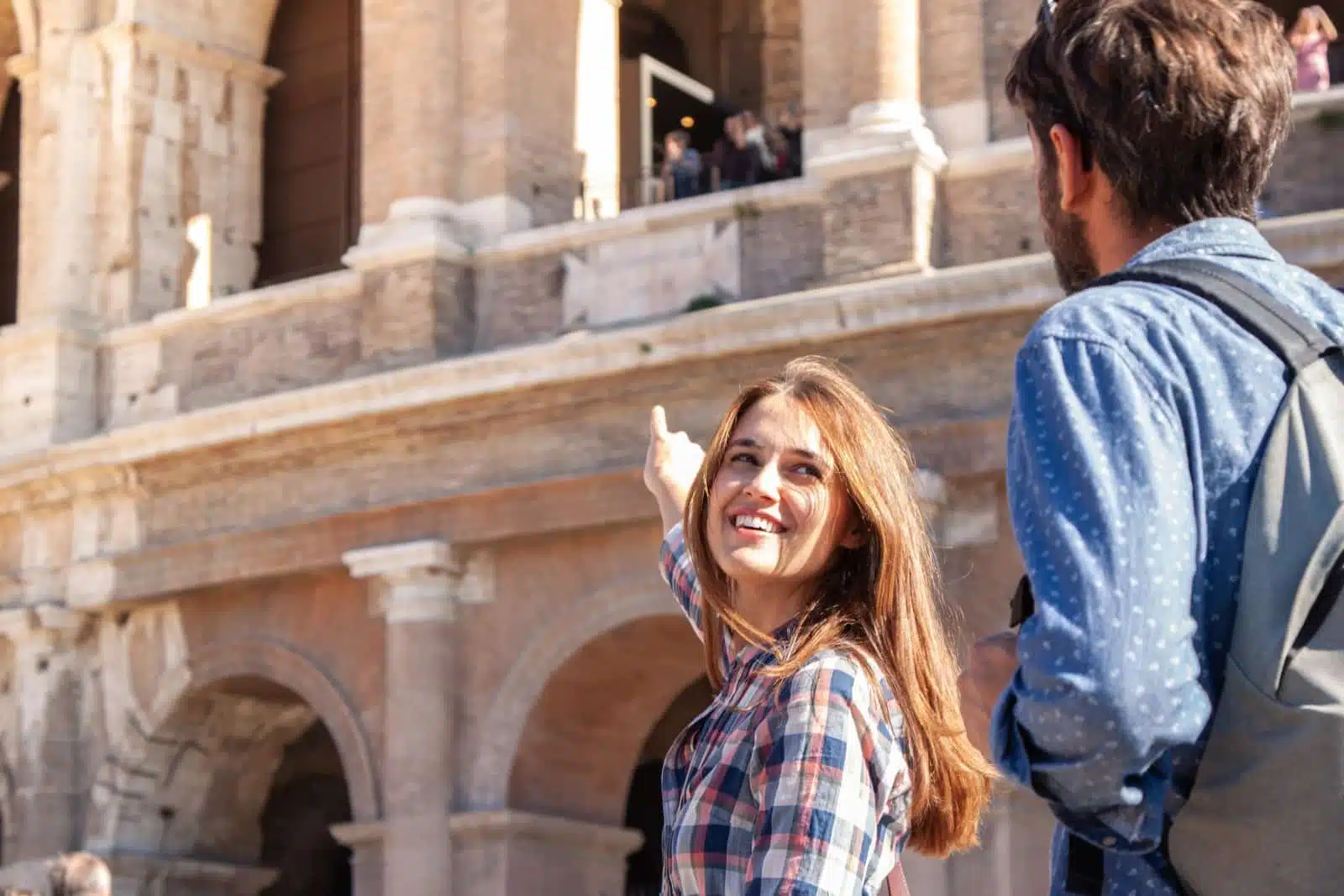
Image Credit: Shutterstock / WineDonuts
Even a single day in Rome can unfold like a journey through centuries, offering a glimpse into the city’s glorious past and vibrant present. From the awe-inspiring Colosseum to Trastevere’s tranquil streets, Rome captivates every traveler’s heart. As you explore, remember to savor each moment, whether marveling at a masterpiece of Renaissance art or enjoying a simple espresso. Rome is an experience to cherish.
More From The Green Voyage
Top 10 Trending Travel Destinations 2024
6 Essential Banking Apps for International Travel – Managing Your Finances on the Go
Traveling With Kids – 10 Tips to Create Memorable Family Holidays
The post One Day in…Rome, Italy first appeared on The Green Voyage.
Featured Image Credit: Shutterstock / S.Borisov..
For transparency, this content was partly developed with AI assistance and carefully curated by an experienced editor to be informative and ensure accuracy.
Tips for Trip Success
Book Your Flight
Find an inexpensive flight by using Kayak, a favorite of ours because it regularly returns less expensive flight options from a variety of airlines.
Book Your Hotel or Special Accommodation
We are big fans of Booking.com. We like their review system and photos. If we want to see more reviews and additional booking options, we go to Expedia.
You Need Travel Insurance!
Good travel insurance means having total peace of mind. Travel insurance protects you when your medical insurance often will not and better than what you get from your credit card. It will provide comprehensive coverage should you need medical treatment or return to the United States, compensation for trip interruption, baggage loss, and other situations.Find the Perfect Insurance Plan for Your Trip
